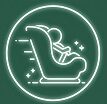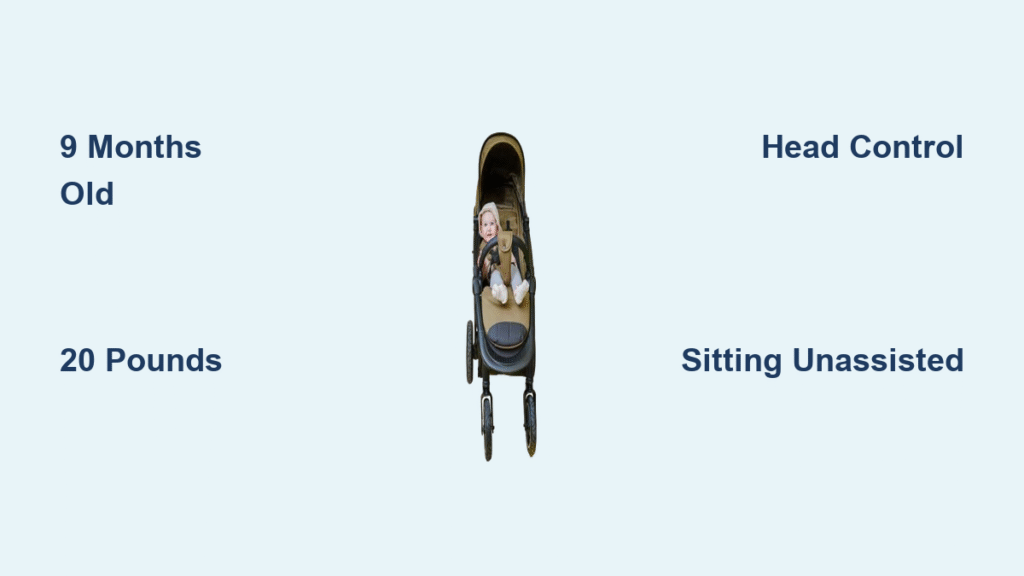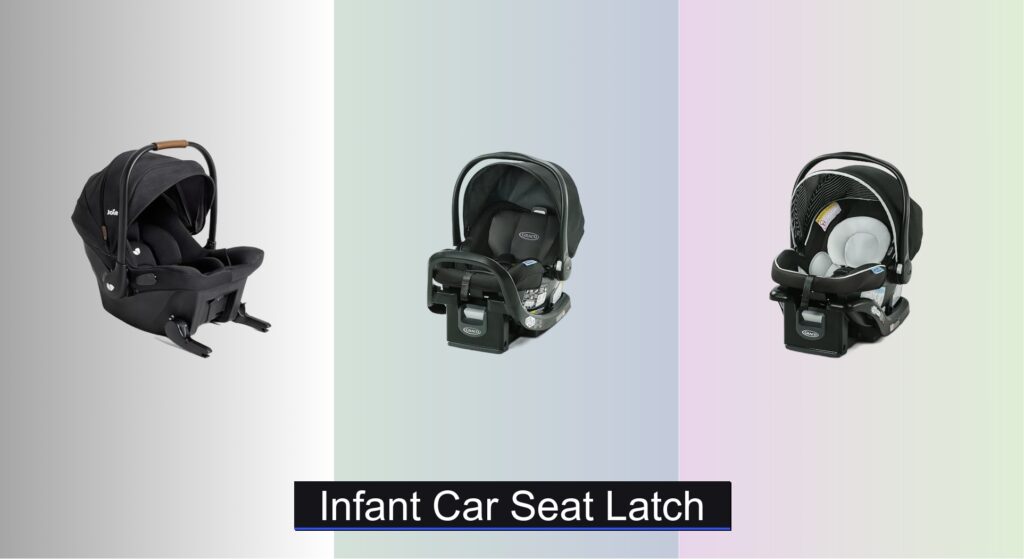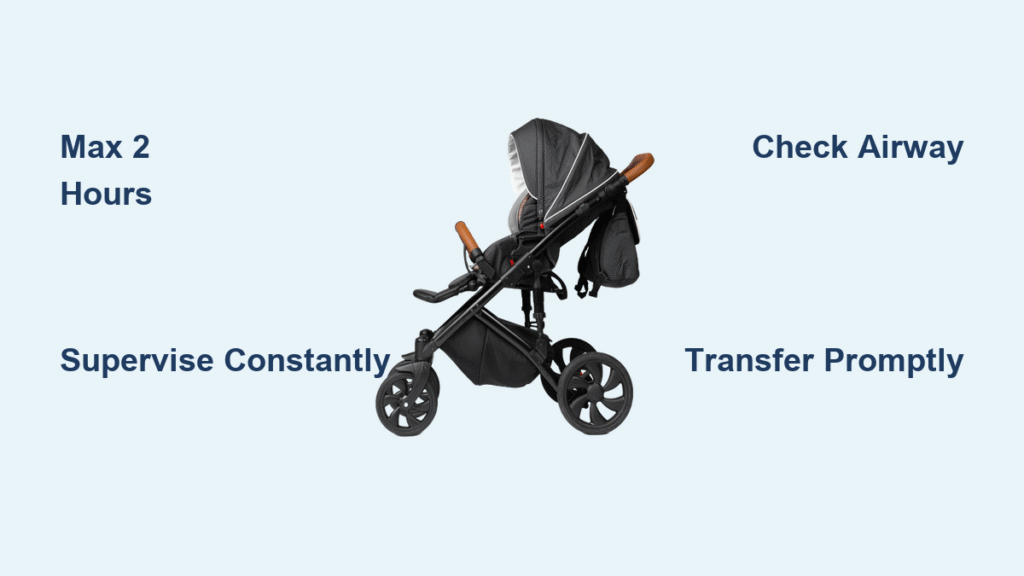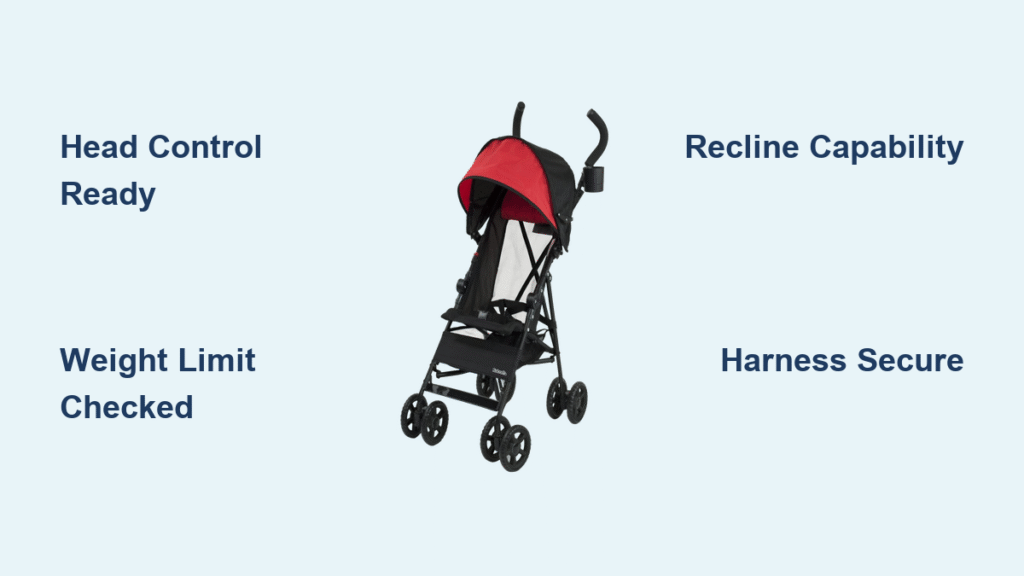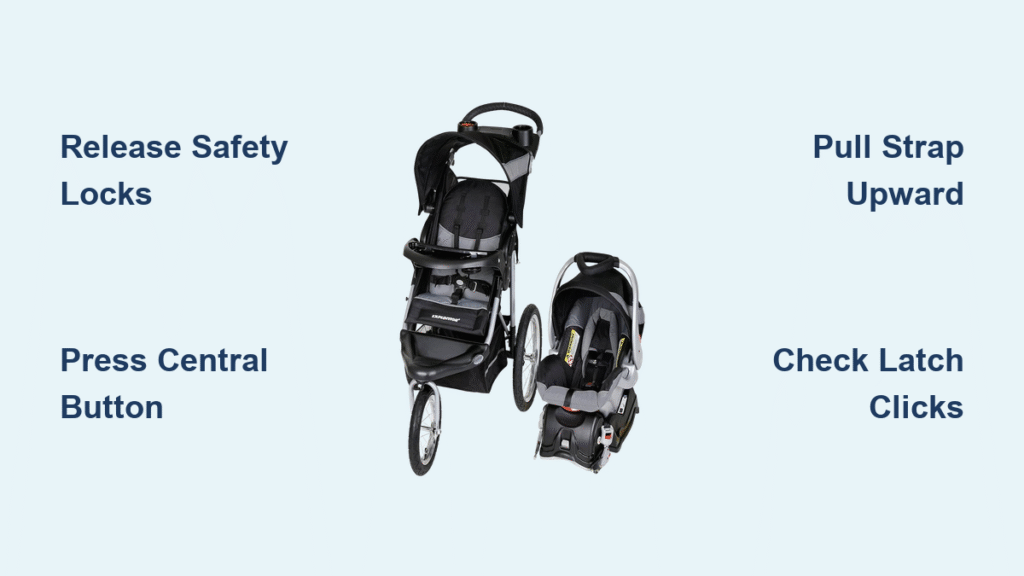You’re pushing your stroller down the sidewalk, watching your baby stare at the sky or your knees instead of the world passing by. That moment when your little one can finally face forward—taking in the sights, sounds, and wonders of the neighborhood—is one of parenting’s sweet milestones. But rushing this transition risks your baby’s developing spine and neck, while waiting too long might miss valuable developmental opportunities.
Most pediatricians agree babies aren’t ready for front-facing stroller positions until they’re at least 9 months old and weigh 20 pounds or more. However, your baby’s physical readiness—not just age or weight—determines the perfect timing. Some infants show readiness as early as 4-5 months if they demonstrate strong head control and can sit with minimal support, while others may need more time even after hitting the 9-month mark.
Physical Readiness Signs That Signal Front-Facing Time
Your baby’s body will tell you when they’re ready for front-facing stroller rides. These observable physical milestones matter more than calendar dates, so watch for these specific abilities before making the switch.
Strong Head and Neck Control Without Support
Your baby should hold their head steady without wobbling for extended periods during tummy time or when carried upright. Test this by holding your baby against your chest—can they maintain head alignment with their body for 10+ minutes without tiring? If their head flops forward when tired, they need more time building neck muscles.
Warning sign: A baby whose head consistently tilts to one side or can’t track objects with their eyes isn’t ready for front-facing positioning.
Independent Sitting Ability for Extended Periods
Sitting unassisted is the clearest indicator of readiness. Your baby should maintain an upright position without slumping to either side for several minutes. This demonstrates their core muscles can support their spine in a seated position during stroller movement.
Quick check: Place your baby on the floor without support. If they topple over within seconds or lean heavily against furniture, they need more practice sitting before front-facing stroller rides.
9-Month Milestone: Why Age Matters for Front-Facing
While some babies reach readiness earlier, the 9-month guideline exists for good developmental reasons. At this age, most infants have developed sufficient spinal curvature and muscle strength to handle the upright position without straining their developing bodies.
Spinal Development Timeline

Your baby’s spine progresses through three natural curves as they grow. By 9 months, the cervical (neck) and lumbar (lower back) curves have typically formed, allowing proper weight distribution in a seated position. Front-facing too early forces an immature spine into positions it can’t properly support.
Critical window: Babies younger than 6 months lack the cervical curve entirely—they need full recline or lie-flat positions for proper spinal alignment.
Weight Thresholds That Protect Developing Bodies
The 20-pound minimum weight recommendation ensures your baby has enough muscle mass to maintain posture during stroller movement. Lighter babies often lack the core strength to stay upright when the stroller encounters bumps or changes direction.
Exception note: Some 4-5 month olds weighing 15+ pounds with excellent head control may handle brief front-facing sessions—always consult your pediatrician first.
Front-Facing Stroller Benefits Beyond Just a Better View
Once your baby demonstrates physical readiness, front-facing positioning offers remarkable developmental advantages beyond simply seeing where you’re going.
Enhanced Visual Learning and Cognitive Growth
Front-facing strollers transform ordinary walks into interactive learning experiences. Your baby observes traffic patterns, watches dogs play, sees leaves rustling, and studies other children. This visual feast accelerates cognitive development and spatial understanding as they process multiple stimuli simultaneously.
Language boost: Point out objects together—”Look, a red truck!”—creating natural teaching moments that rear-facing positions limit because you can’t share the same visual field.
Social Interaction Opportunities With the World
Your baby becomes an active participant in the environment rather than a passive observer. They make eye contact with friendly strangers, wave at other children, and learn social cues through direct interaction—skills that develop more slowly when facing only their caregiver.
Parent tip: Narrate experiences to enhance learning. “That puppy is jumping! See his tail wagging?” builds vocabulary through shared observation.
How to Safely Transition Your Baby to Front-Facing
Rushing this transition creates stress for both you and your baby. A gradual, child-led approach ensures positive associations with the new position while monitoring for any signs of discomfort.
Start With Short, Controlled Sessions
Begin with 5-10 minute front-facing trials in quiet, familiar environments like your backyard or neighborhood streets. Watch for signs of overstimulation or fatigue during these initial attempts.
Success indicators: Calm curiosity, alert observation, and content vocalizations signal your baby enjoys the new perspective. Return to rear-facing if your baby shows distress.
Use Reversible Stroller Strategies for Flexibility
Invest in a reversible stroller if possible. These models let you switch directions based on mood, environment, or your baby’s needs. Start rear-facing for naps, then flip forward when your baby wakes alert and curious.
Pro strategy: Keep the parent-facing option available for crowded areas or when your baby seems overwhelmed—many parents use both positions depending on the outing.
Must-Have Stroller Features for Front-Facing Safety

Not all strollers support safe front-facing use for young babies. Understanding your equipment options prevents costly mistakes and ensures your baby’s comfort during the transition.
Convertible Travel Systems With Multiple Recline Positions
These versatile strollers adapt as your baby grows. They attach infant car seats for newborns, then convert to front-facing toddler seats. Look for models with multiple recline positions to accommodate naps while front-facing.
Key features: Large canopies for sun protection, adjustable footrests for proper leg support, and easy folding mechanisms enhance daily usability.
Jogging Stroller Limitations for Young Babies
While jogging strollers offer smooth rides, their fixed front wheels and limited recline make them poor choices for babies under 12 months. Wait until your child has excellent head control and enjoys the motion before attempting front-facing in a jogging stroller.
Terrain tip: Standard strollers with swivel front wheels work better for daily errands with younger babies transitioning to front-facing.
Critical Safety Checks Before Every Front-Facing Ride

Front-facing positions require extra vigilance since you can’t see your baby’s face directly. This pre-ride checklist prevents common safety oversights that could compromise your baby’s comfort and security.
Harness Security and Seat Position Verification
- Harness fit: The 5-point harness should fit snugly—no more than one finger width between straps and shoulders
- Seat recline: Maintain slight recline (not fully upright) to prevent head flop during naps
- Canopy positioning: Ensure sun protection without blocking airflow
- Stroller stability: Test that the stroller won’t tip when your baby leans forward
Environmental Awareness for Front-Facing Babies
Your baby faces increased exposure to wind, sun, and airborne particles. Dress appropriately and use stroller accessories like weather shields when needed. If conditions make you uncomfortable, your front-facing baby feels it more intensely.
Smart tip: Use a stroller mirror clipped to the canopy for occasional visual checks without stopping—this helps monitor your baby’s facial expressions and reactions.
When to Delay Front-Facing Despite Meeting Age Requirements
Even if your baby hits the 9-month mark, certain situations warrant delaying the front-facing transition for their comfort and safety.
Signs Your Baby Isn’t Ready for Full-Time Front-Facing
- Persistent fussing or crying when facing forward
- Slumping posture or inability to maintain upright position
- Turning head away repeatedly from stimuli
- Arching back or showing physical discomfort
- Falling asleep immediately (indicating they’re using you for support)
Red flag: If your baby consistently tries to twist their body to see you while front-facing, they may prefer parent-facing for emotional security despite meeting physical readiness criteria.
Situational Factors That Warrant Rear-Facing
- Crowded environments with overwhelming stimuli
- Long outings where naps are likely
- Extreme weather conditions (wind, rain, intense sun)
- Rough terrain that creates excessive movement
- When your baby shows signs of illness or fatigue
Parent wisdom: There’s no prize for the earliest transition. Your baby’s comfort and safety matter more than arbitrary timelines—many babies prefer parent-facing until 12-15 months, and that’s perfectly normal.
Front-Facing Readiness Checklist: No Guesswork Needed
Use this simple decision framework to determine if your baby is truly ready for front-facing stroller rides:
Ready to try front-facing?
– Can baby sit unassisted for 10+ minutes? ✓
– Does baby hold head steady without wobbling? ✓
– Has baby reached 9 months OR 20 pounds? ✓
– Does your stroller support safe front-facing? ✓
– Does baby show interest in surroundings during rear-facing? ✓
Delay transition if:
– Baby frequently naps during walks
– Physical readiness indicators aren’t consistently present
– Baby shows distress during trial sessions
– Your routes involve crowded or high-stress environments
Remember, this transition isn’t a race. Trust your instincts and your baby’s cues for the smoothest experience possible. The right timing creates joyful outings where your baby explores the world safely while you enjoy their wonder-filled reactions to everything around them.
